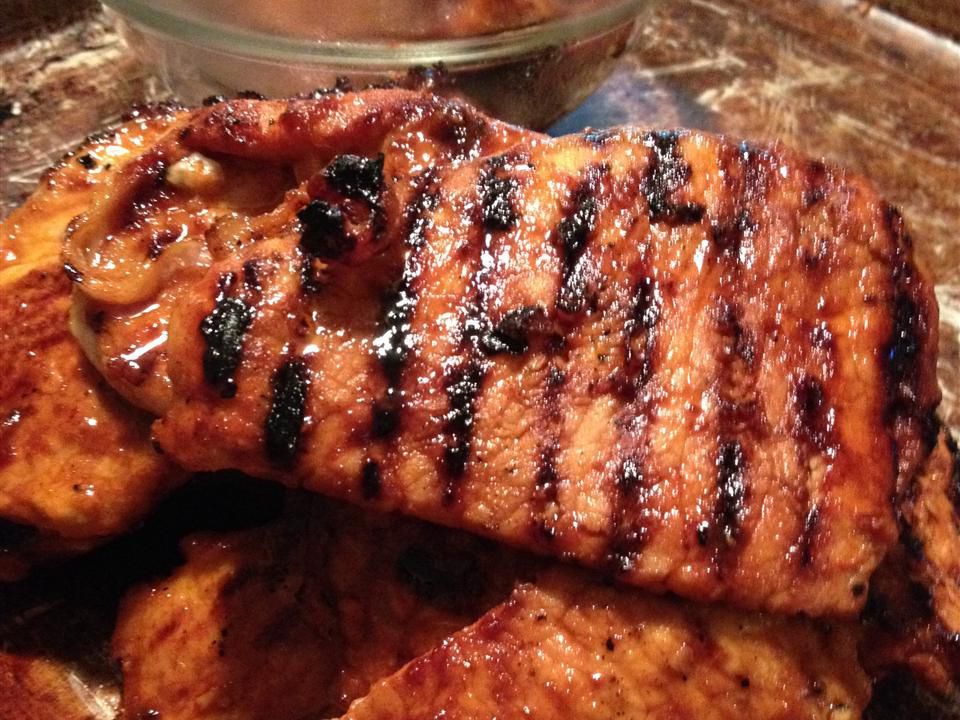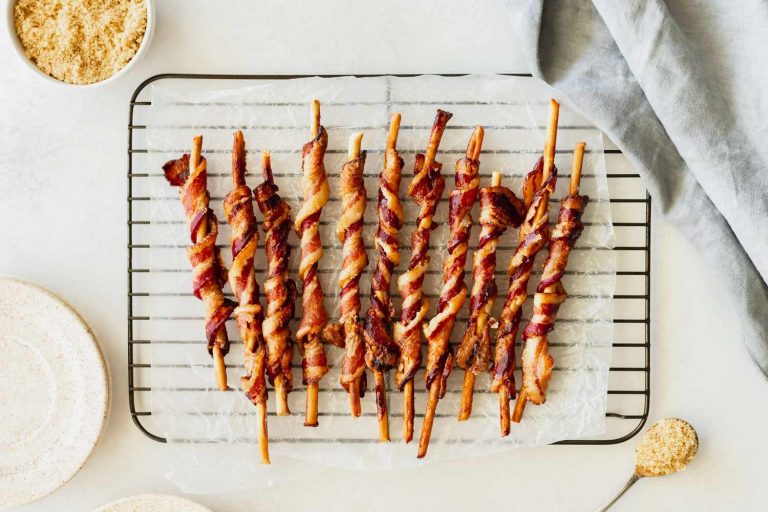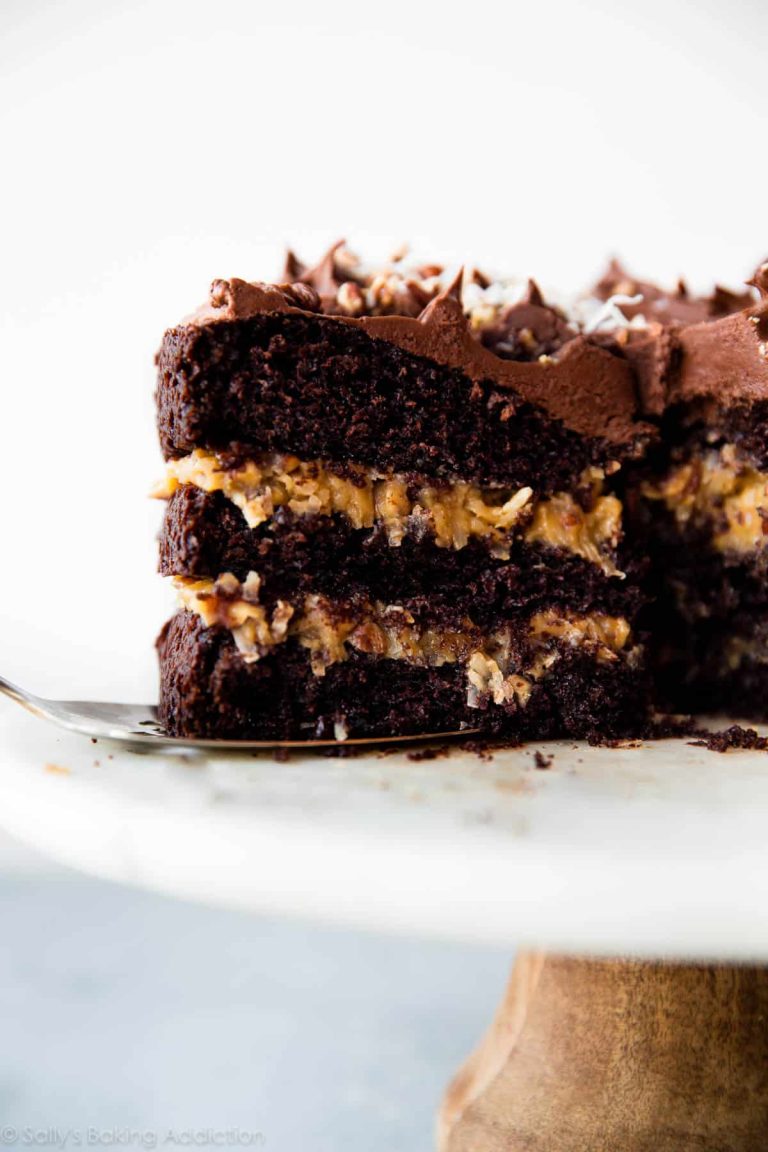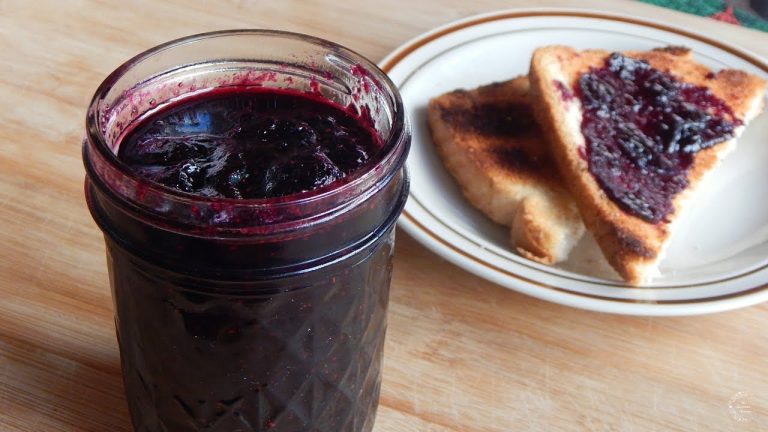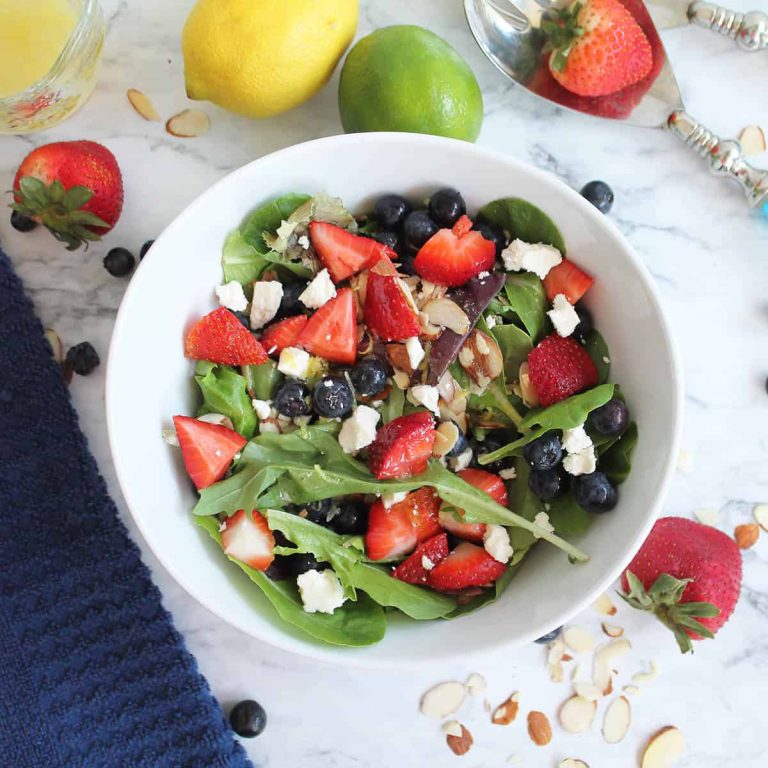Daeji Bulgogi Pork Bulgogi: Traditional Korean Recipe, Ingredients, and Health Benefits
Daeji Bulgogi, known as Pork Bulgogi, originated in Korea and holds deep cultural significance. This dish evolved from traditional Korean culinary practices which involved marinating meat to enhance flavor and tenderness. Historically, Koreans used ingredients like soy sauce and garlic for beef bulgogi, but the adaptation to pork with a spicy marinade utilizing gochujang gave rise to Daeji Bulgogi.
Serving Daeji Bulgogi often accompanies celebratory events and family gatherings, showcasing its role in Korean cultural traditions. It’s a common offering at BBQ restaurants, where groups cook the marinated pork on tabletop grills, creating a communal dining experience.
Key Ingredients and Flavors
The primary ingredient in Daeji Bulgogi is pork, typically pork shoulder or belly, known for its balance of meat and fat. The flavor profile hinges on a rich, spicy marinade that combines gochujang (Korean red chili paste), soy sauce, garlic, ginger, and sesame oil. Each element contributes to the dish’s distinctive taste:
- Gochujang: Provides heat and depth, balancing spicy and savory flavors.
- Soy Sauce: Adds umami and enhances the savory profile.
- Garlic: Infuses a robust, aromatic quality.
- Ginger: Offers a warm, slightly sweet undertone.
- Sesame Oil: Lends a nutty flavor, enriching the overall taste.
Vegetables often added include onions, carrots, and green onions, which complement the marinade and add texture. When combined, these ingredients create a harmonious blend of sweetness, heat, and umami, making Daeji Bulgogi a flavorful and aromatic dish.
Culinary Techniques of Daeji Bulgogi
Preparation Methods
Marinate pork for Daeji Bulgogi to ensure optimal flavor infusion. Use thin slices, around 1/8 inch thick, to absorb the marinade evenly and cook quickly. Include gochujang, soy sauce, sesame oil, garlic, ginger, and sugar in your marinade. Combine these ingredients thoroughly before adding the pork. Marinate for at least one hour, though overnight yields the best results.
Prepare vegetables like onions, carrots, and green onions while the pork marinates. Slice them thinly to ensure even cooking and integration of flavors. Integrate vegetables with the pork just before you begin cooking.
Cooking Tips for Perfect Bulgogi
Preheat a grill or skillet to a high temperature to sear the pork slices quickly. Ensure a consistent, high heat to caramelize the exterior and seal in juices. Avoid overcrowding the cooking surface, allowing each slice proper space for even cooking.
Turn the pork slices only once or twice to achieve a good sear without overcooking. Add vegetables after turning the pork for the first time, ensuring they retain some crunch while absorbing the sauce. Stir evenly to mix the flavors without burning any ingredients.
For added depth, serve Daeji Bulgogi with lettuce wraps, steamed rice, or kimchi. These accompaniments balance the spiciness and add texture to each bite.
Pairing Suggestions for Daeji Bulgogi
Best Side Dishes
Enhance your Daeji Bulgogi experience with traditional Korean side dishes. Start with Kimchi, the fermented cabbage seasoned with chili pepper, garlic, and ginger. Its tangy, spicy flavor compliments the rich taste of Daeji Bulgogi. Add Kongnamul Muchim, or seasoned bean sprouts, with a light sesame oil dressing to provide a refreshing crunch. Balance out the meal by serving Oi Muchim, a spicy cucumber salad with vinegar and chili flakes. Finally, offer a simple bowl of Steamed Rice to help mellow the bold flavors of the dish.
Recommended Beverages
Pair Daeji Bulgogi with drinks that cut through its spicy richness. Drink Soju, a popular Korean distilled spirit, for an authentic dining experience; its crisp taste helps cleanse the palate. Opt for Makgeolli, a slightly sweet and tangy rice wine, to add a different layer of flavor. For non-alcoholic options, choose Bori Cha, a nutty barley tea served cold, or Sikhye, a sweet rice drink that cools down the spice from the pork. These beverages balance Daeji Bulgogi’s robust flavors, creating a memorable meal.
Health and Nutritional Aspects
Caloric Content and Serving Sizes
Daeji Bulgogi’s caloric content depends on the ingredients and portions used. Generally, a 100-gram serving of Daeji Bulgogi provides around 200-250 calories. If paired with rice and side dishes, the total meal can range from 500 to 700 calories per serving size. Monitoring portion sizes helps maintain a balanced diet especially when incorporating accompaniments.
| Component | Approx. Calories |
|---|---|
| Daeji Bulgogi (100g) | 200-250 |
| Steamed Rice (1 cup) | 200 |
| Side Dishes | 100-200 |
Benefits of Ingredients Used in Daeji Bulgogi
Pork: Rich in protein and vitamins such as B6 and B12. Enhances muscle growth and boosts immune function.
Gochujang: This fermented red chili paste improves digestion and offers probiotics. It’s a potent antioxidant source.
Soy Sauce: Provides umami flavor and contains essential amino acids and antioxidants.
Garlic and Ginger: Both are anti-inflammatory and antimicrobial. They promote heart health and improve digestion.
Sesame Oil: Contains healthy fats and antioxidants. It supports skin health and reduces inflammation.
Conclusion
Daeji Bulgogi offers a flavorful experience that’s deeply rooted in Korean culinary traditions. By combining the rich flavors of gochujang, soy sauce, garlic, and ginger with succulent pork, you create a dish that’s not only delicious but also packed with nutritional benefits.
Whether you’re pairing it with traditional Korean sides or enjoying it with a glass of Soju, Daeji Bulgogi is sure to be a hit. Remember to enjoy it in moderation to make the most of its health benefits while keeping your diet balanced.
So next time you’re looking to spice up your meal plans, consider making Daeji Bulgogi. Your taste buds and your body will thank you.
